#June2016Sales
Midsize Sedan Deathwatch #1: One Only Needs to Examine the Minivan Segment for Guidance
A decade ago, Americans could buy minivans from Buick, Chevrolet, Chrysler, Dodge, Ford, Honda, Hyundai, Kia, Mazda, Mercury, Nissan, Pontiac, Saturn, and Toyota. In all, 14 brands fought for the attention of 1 million minivan buyers.
Zoom ahead to 2016 and the minivan market — unlike the Terraza and Uplander and Freestar and Entourage and Monterey and Montana and Relay — is not dead. Indeed, through the first six months of 2016 minivan volume is up 25 percent and this year is expected to be the best year of minivan sales since 2008. Chrysler, Dodge, Honda, Kia, Nissan, and Toyota — only six candidates spread across seven nameplates and five automakers — are each generating sufficiently healthy volume in a market that is roughly 40 percent smaller than it was a decade ago. Rather than more than a dozen nameplates each producing an average of 70,000 annual sales, the remaining players will attract an approximate average of 100,000 annual sales each.
TTAC believes it is the midsize sedan segment’s turn to revolutionize in the same manner. In fact, the revolution is already underway.
Buick Tells TTAC To Pump The Brakes, It's All Good - We Never Said It Wasn't
Buick is all about China, where the brand claims more than 5 percent market share.
Buick’s achievements in the United States, once storied, are now not nearly so impressive. Buick’s market share in America today is half what it was in 2002, after volume declined in eight of 14 years, tumbling from more than 430,000 sales 14 years ago to 223,055 last year.
This is part of the Buick story we told you yesterday. In touting record global sales as one of the planet’s fastest-growing volume brands, Buick’s General Motors parent company also made clear that the brand is achieving rapidly increased rates of sales because of the Chinese market, even though U.S. sales are declining, albeit marginally.
Following our managing editor’s press of the publish button, we almost immediately heard from Buick.
Buick Don't Need You, Son
General Motors today fêted Buick as the planet’s fastest-growing volume automaker. Ignored in GM’s press release was the Buick brand’s declining volume in Buick’s home market.
As if we needed more evidence that North America is an increasingly unimportant component of Buick’s future plans — Buick is discontinuing the Verano, its most popular car model in the U.S. and the most popular Buick overall in Canada — GM revealed that Buick added more Chinese sales between January and June than the whole U.S. Buick division managed in toto.
SUV Love? These Are the 10 SUVs and Crossovers Americans Don't Want
U.S. sales of SUVs and crossovers grew 8 percent in the first-half of 2016, a gain of more than 240,000 units compared with the January-June period of 2015.
Producing a utility vehicle which transfers buyers from the passenger car sector to the SUV/crossover side of the ledger is almost as automatic as increasing ride height, installing body cladding, and inserting an X into the nomenclature.
Or is it?
66 Months Of FCA's Restated, Corrected Sales Figures: Some Much Higher Now Than Before
As recently as March 1, 2016 — on behalf of February 2016’s sales results — Fiat Chrysler US LLC touted a 71-month streak of year-over-year U.S. new vehicle sales improvements. Although FCA US stopped communicating the length of that streak by the beginning of the second-quarter, the company’s sales reports suggested that the streak through the end of June 2016 measured 75 months.
Figures released by FCA yesterday reveal that the streak of year-over-year improvements actually ended at 40 months in September 2013, when an originally reported 1-percent increase, it turns out, was actually a 3-percent decrease. On two other occasions during this 75-month span, FCA claimed sales had improved, year-over-year. August 2015’s 2-percent increase was actually a 1-percent decrease. Then, only two months ago, while FCA originally claimed a 1-percent increase, sales actually fell 7 percent.
The abbreviated streak, however, is only one side of the equation. (And it increasingly appears to be the least of FCA’s worries, as a grand jury has now been empaneled.) FCA’s sales reporting methods, highly questionable on both the retail and fleet side, frequently resulted in significant overstatements and, FCA claims, understatements, as well.
Can Volkswagen USA Succeed With SUVs?
SUV sales are exploding in the United States. It doesn’t just seem as though the quality, origins, price, power, credibility, and style of a utility vehicle matter not one whit — it really doesn’t.
Critically panned and antiquated SUVs such as the Jeep Compass and Jeep Patriot are selling better than ever. The original Audi Q5, on sale since 2009, is on track for its seventh consecutive year of growth. Sports car builder Porsche now produces 60 percent of its U.S. sales with the Macan and Cayenne. The Buick Encore, a questionable Chevrolet Sonic-based subcompact crossover, is easily Buick’s best-selling model. Sales of the Ford Explorer are on track to rise to a 12-year high.
Easy peasy. Build it and they will come. Too small? No problem. Too big? Not an issue. Too ugly? More power to you. Impractical? Ignore the U in SUV; it won’t hold you back.
It’s therefore a great time for Volkswagen to finally release an SUV in the heart of the market.
2016 Mazda3 Wins Comparison Test, All The Losers Win Bigly In The Real World
Enthusiast praise for the Mazda3 began before the current-generation compact Mazda arrived in late 2013. Previous iterations benefited from hugely positive reviews. “We’re going to love the 3 once it arrives in America,” Automobile wrote in December 2003. Credit for dynamic excellence was the norm a generation later. “Steering is direct and the suspension is firm enough for spirited driving and equally competent at soaking up bumps,” said AutoGuide in early 2009. I haven’t hesitated to get in on the action, writing in my second review of the latest compact Mazda, “The Mazda3 is still the best compact car you can buy.”
It’s therefore not surprising to see that in a five-way compact car comparison for the magazine’s July edition, Car and Driver named the 2016 Mazda3 i Grand Touring the winner of the test. Car and Driver handed the Mazda 203 points, 44-percent more than the fifth-ranked 2016 Nissan Sentra SL achieved.
Industry observers also won’t be surprised to learn that Car and Driver’s fifth-ranked Nissan Sentra produced 139-percent more first-half sales than the Mazda, while the other three losers all roundly outsold the Mazda, as well.
These Are FCA's Greatest (Possibly Exaggerated) Sales Achievements This Year
“Your word is your bond,” Melania Trump famously said. Or was it Michelle Obama?
We are pretty sure the current and potentially future First Ladies were not speaking about the words found in Fiat Chrysler Automobiles’ monthly U.S. sales reports. Yet questions have arisen — once again — regarding FCA’s sales practices and reporting methodologies. This time, rather than lawsuits from a Maserati dealer that operates stores in New York, New Jersey, and Florida, or an Illinois dealer of core FCA brands, the questions are being asked by the Securities and Exchange Commission and the Federal Bureau of Investigation.
In March, Napleton Automotive’s lawsuit (filed by the same lawyer hired by Recovery Racing to sue FCA-owned Maserati last year) accused FCA of “‘strong arm’ tactics to get dealers to falsify sales reports that benefit the auto maker by creating ‘the appearance that [Fiat Chrysler’s] performance is better than, in reality, it actually is,’” according to The Wall Street Journal.
On July 11, reports Automotive News, “Investigators from the FBI and the SEC visited FCA field staff in their homes and offices on July 11 as part of the probe.” In FCA’s own statement, the automaker said yesterday that, “In its annual and quarterly financial statements, FCA records revenues based on shipments to dealers and customers and not on reported vehicle unit sales to end customers,” and confirmed cooperation with both the SEC and the Justice Department.
But what are the actual claims? As automakers report model-specific U.S. auto sales figures at the beginning of every month, FCA typically delves into great detail regarding the prior month’s performance and the year-to-date results.
While BMW USA Sales Fade, the Most and Least BMW-like Models Are Bright Spots
Forget last year’s record sales achievements in BMW USA’s showrooms. Through the first six months of 2016, sales at the BMW Group’s BMW brand are down 9 percent in the United States, a first-half pace which suggests BMW sales will fall to a three-year low even as the overall new vehicle market continues to grow.
Not only is BMW’s car division off last year’s pace by more than 20,000 sales, or 18 percent, the brand’s three most costly utility vehicles — X4, X5, X6 — are down 22 percent. Yes, the overall car market is fading, but BMW’s 22-percent car decline is far worse than the U.S. auto industry’s 8-percent drop in car sales. And the 24-percent decrease in, for instance, sales of the BMW X5 stands in stark contrast to the 8-percent increase in the overall SUV/crossover market.
There are nevertheless bright lights in the BMW lineup.
Among passenger cars, the one car that most clearly exemplifies BMW’s old Ultimate Driving Machine credo, the 2 Series, is the BMW car that’s growing fastest. By far.
Among crossovers, the BMW which most flies in the face of everything the BMW cognoscenti value about BMW, the X1, is the BMW SAV division’s fastest-growing vehicle. By far.
Subcompact Cars Are Dying, Yet Nissan Is Selling Five-Year-Old Versas Like They're Crossovers or Something
Through the first-half of 2016, passenger car sales volume is down 8 percent in the United States.
It’s not quite that bad in the subcompact car category, but sharp declines from the Chevrolet Sonic, Ford Fiesta, Honda Fit, Toyota Prius C, Toyota Yaris, plus the disappearance of the Mazda2 pushed subcompact car volume down 6 percent.
Yet U.S. sales of the Nissan Versa are on the rise.
Not only are Nissan Versa sales on the rise, the Versa is consistently America’s top-selling subcompact car.
Not only are Versa sales rising now, Versa sales have been on the rise for the last seven years.
It's Still The Same Truck, But Nissan Is Selling Frontiers Like It's 2006
The recent introduction of a thoroughly re-engineered Toyota Tacoma is propelling sales of the segment’s top seller to all-time highs. After an elongated hiatus, there are new options from General Motors, and they’re selling more frequently than GM anticipated. Just last month, Honda began selling an all new, second-generation Ridgeline, a pickup at the opposite end of the spectrum from the rough and tumble Frontier. That Ridgeline, we told you yesterday, is selling like it’s 2008.
Moreover, demand for small/midsize pickup trucks is roughly 30-percent smaller than it was a decade ago.
At Nissan, there are plenty of factors, internal and external, working against the Frontier. The current-generation pickup is more than a decade old. Yet Nissan USA is on track to sell more Frontiers in 2016 than at any point since the current truck debuted on the Titan’s F-Alpha platform in January 2004 at Detroit’s North American International Auto Show.
Honda Is Already Selling Ridgelines Like It's 2008
American Honda reported 2,472 sales of its all-new, second-generation Ridgeline pickup in June 2016, the truck’s first month of rather limited availability.
June was the Ridgeline’s first four-digit sales month since August 2014, the Ridgeline’s first month above the 2,000-unit mark since October 2008, and the best Ridgeline sales month since August 2008.
In fact, if American Honda simply maintained the June 2016 sales pace for the rest of the year, total 2016 calendar year Ridgeline sales would essentially match 2013’s total for an eight-year high in U.S. Ridgeline sales.
Indeed, on an annualized rate, based simply on the Ridgeline’s first month back from a long hiatus, Honda is already selling more Ridgelines than at any point since 2008.
Cadillac Touts Global June Sales "Surge" Amidst 2016 Global Sales Decline
Cadillac detailed the sources of its so-called global sales surge in June 2016 in a press release yesterday. In so doing, Cadillac called attention to its first-half global sales decline and the global rarity of the wreathless crest.
#Global
Cadillac has reason to pursue ( and then tout the results of its) increased global strength (or diminished global weakness). In the United States, Cadillac isn’t doing enough. The three top-selling Cadillac rivals — BMW, Mercedes-Benz, and Lexus — generate more U.S. sales than Cadillac does around the world. Globally. Everywhere.
Roughly 13,000 monthly sales in Cadillac’s historic North American market is a figure simply insufficient to secure a bright future for General Motors’ premium brand. Thus, Cadillac now intends to be a global luxury brand, and is in fact making inroads leading toward that goal.
Huge F-Series Sales Are Propelling Ford's Market Share Higher as Every Ford Car Fades
Even with an all-time first-half U.S. sales record, Ford’s SUVs and crossovers huge year-over-year gains weren’t enough to counteract the significant losses in Ford’s car lineup.
And that’s where the Ford F-Series steps in.
Overall Ford Motor Company sales rose 4.4 percent in the first half of 2016. At the Ford brand, specifically, every passenger car nameplate produced fewer sales than during the same period in 2015.
Camaro Vs. Mustang June Update: Camaro Crumbles, Mustang Mopes
After TTAC delved into the details of the sixth-generation Chevrolet Camaro’s gradual decline last month, General Motors reported the worst sales month for the Camaro since November 2014.
June 2016 sales of the Chevrolet Camaro fell to a 19-month low. With only 4,969 sales — a huge number by the standards of most sporting cars but a 40-percent drop compared with the Camaro’s five-year June average — U.S. Camaro volume fell below 5,000 units for just the second time in the last 18 months.
Newly launched this past winter, the latest Camaro’s sales have fallen well below the totals achieved by the six-year-old fifth-gen Camaro in its final — and worst — year on the market. In the first-half of 2015, GM reported 42,593 U.S. sales of the Camaro, a 9-percent year-over-year drop. Yet one year later, the new Camaro is down 14 percent to 36,834 units, a drop of 5,759 sales.
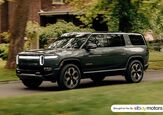

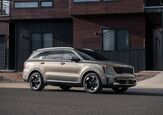



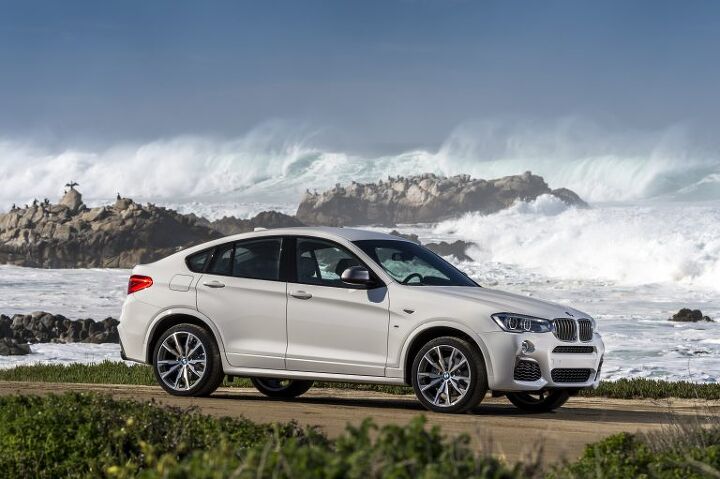
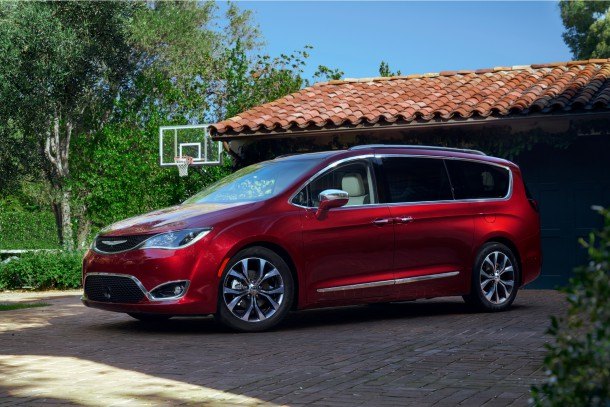
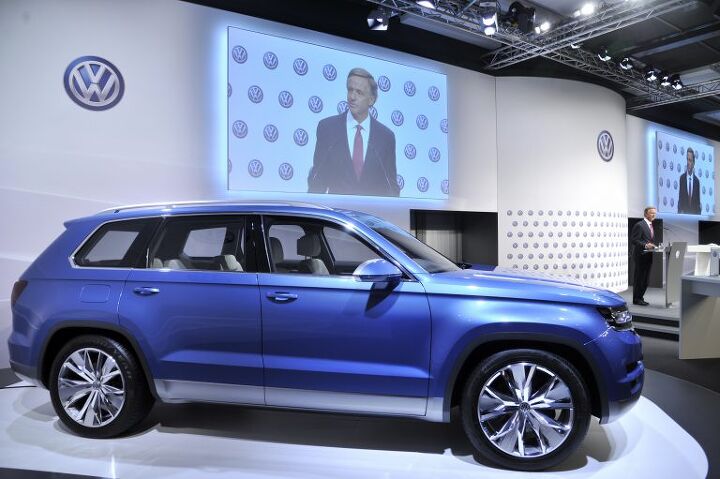


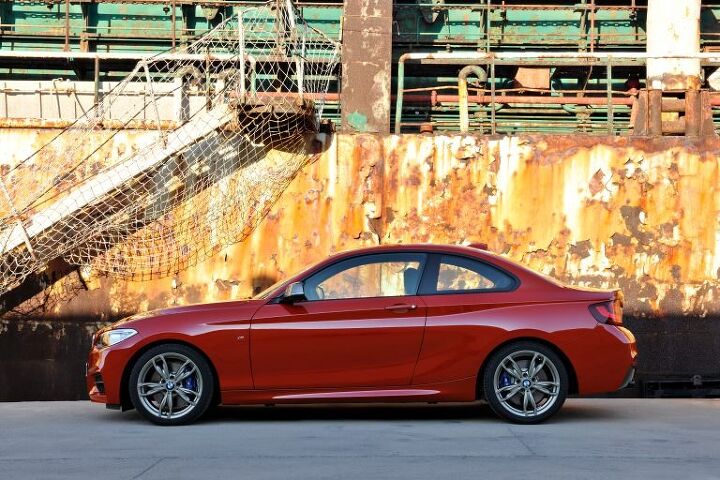
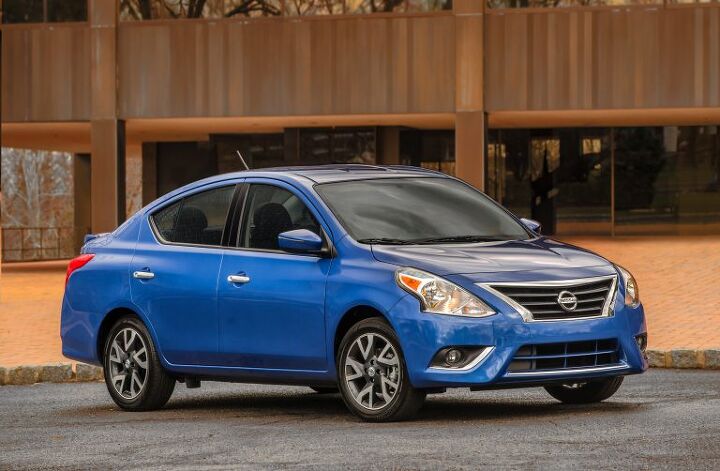

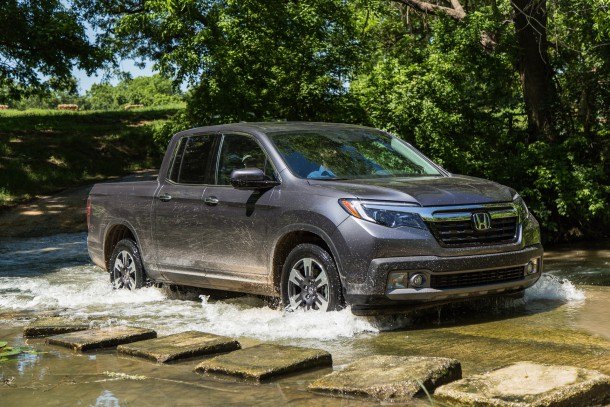







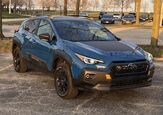
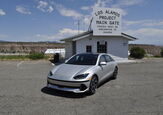






Recent Comments